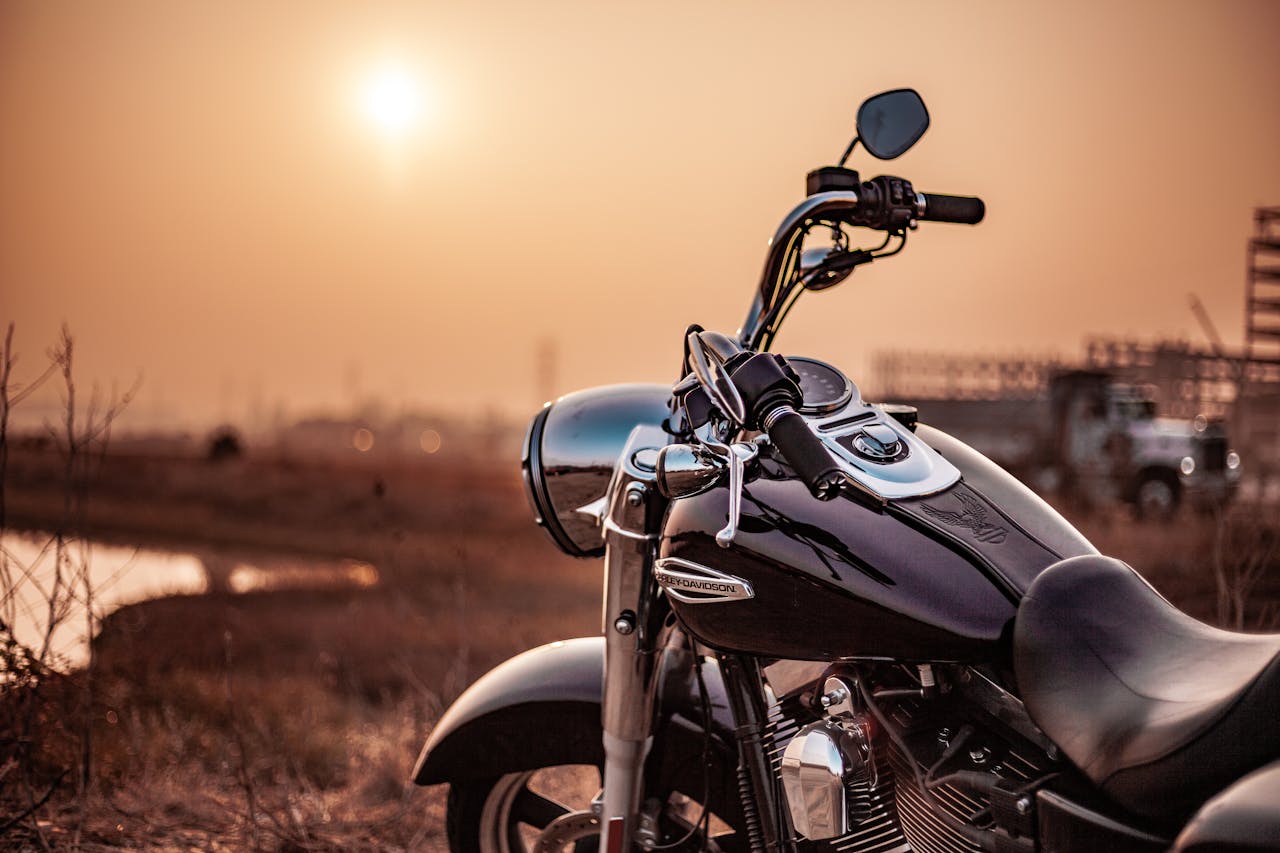For motorcycle lovers, there’s nothing quite like the open road—but getting there can be expensive. With the rising costs of new bikes and limited availability of quality used ones, many budget-conscious riders are exploring a less conventional path: salvage motorcycles for sale.
These bikes, often written off by insurers after accidents, thefts, or natural disasters, can still be in decent shape. Some require only minor fixes before hitting the road again. For hands-on riders or those seeking a smart investment, salvage bikes offer big potential at a fraction of the usual cost.
This guide explores everything you need to know—where to find salvage motorcycles, what to look out for, legal and insurance considerations, and tips for getting the most from your next project.
What Are Salvage Motorcycles?
A salvage motorcycle is one that’s been declared a total loss by an insurance provider. This typically means the repair costs exceed a certain percentage of the bike’s market value—often 70–75%. But “totalled” doesn’t always mean irreparable.
Many bikes listed as salvage can be restored, pass inspection, and earn a rebuilt title, making them roadworthy once again.
Common causes for a motorcycle to be labelled salvage include:
- Accident damage
- Theft recovery (often with missing parts)
- Flood or fire exposure
- Cosmetic damage is too costly to fix
- Vandalism or structural wear
Why Consider Salvage?
Despite the risks, buying a salvage motorcycle comes with several advantages:
1. Cost-Effective Riding
You can typically buy a salvage bike for 40–70% less than its clean-title equivalent. Even after repairs and inspections, the overall cost is often much lower than buying new or used retail.
2. Ideal for Projects
Love tinkering? Salvage motorcycles are a dream for DIY riders and amateur mechanics. Whether you’re aiming for a full custom rebuild or a light restoration, it’s a satisfying way to learn and personalise your bike.
3. Access to Premium Models
Want a high-end Ducati or Yamaha but can’t justify the price tag? Salvage sales often include premium bikes with light damage—giving you access to models that would otherwise be out of reach.
4. Valuable for Spare Parts
Even if a bike isn’t rideable, it can still serve as a parts donor. For anyone who owns or restores similar models, salvage bikes are an affordable source of hard-to-find components.
Where to Find Salvage Motorcycles for Sale
If you’re ready to browse, here’s where to start:
- Online salvage auctions (like Copart and IAA)
- Insurance recovery listings—many accessed through IAA brokers
- Motorcycle scrapyards
- Niche websites that specialise in rebuilt bikes
- Classified ad platforms
Note: Some auction sites require a licensed dealer or broker to place bids on your behalf. This is where IAA brokers can help, offering access to listings and guidance throughout the purchase process.
What to Check Before Buying
Evaluating a salvage motorcycle thoroughly is essential. Here’s what to look for:
- Frame integrity – Avoid anything cracked or severely bent
- Suspension and forks – Signs of impact damage? Walk away
- Engine condition – Look for leaks, smoke, and test compression if possible
- Electrical system – Ensure lights, battery, and ignition function
- Brakes and tyres – Check tread depth and pad wear
- Title & documentation – Make sure it’s properly marked as salvage
- Mileage vs. condition – Do they match up?
Common Repairs to Expect
Depending on the bike’s condition, you might need to handle:
- Mirror and fairing replacement
- Wiring and switchgear repairs
- Fork or shock absorber rebuilds
- New tyres or brake rotors
- Exhaust system fixes
- Cosmetic paint or dent repair
- Cleaning carbs or fuel injectors
Some bikes may just need a weekend’s worth of bolt-on replacements and a touch of polish.
Legal Process to Get Road-Ready
Once your salvage motorcycle is restored, it must pass legal checks before returning to the road. Typical steps include:
- Post-repair inspection
- VIN verification
- Parts and repair documentation
- Reclassification from salvage to rebuilt title
- Registration with your local authority
Requirements vary, so check your region’s rules in advance.
Can You Insure a Salvage Motorcycle?
Yes, but it depends on the insurer. Here’s what to know:
- Liability insurance is usually available
- Full coverage can be restricted or cost more
- Claim payouts may be lower than for clean-title bikes
- Inspections may be required before activating coverage
Shop around, and be transparent when getting quotes for rebuilt bikes.
Who Should Buy Salvage Motorcycles?
These bikes suit a wide range of riders and tinkerers:
- Budget-minded commuters
- Students and young riders
- DIYers or hobbyists
- Custom build enthusiasts
- Those hunting for rare or vintage models
- Parts resellers
Tips for Buying Smart
- Set a clear rebuild budget
- Run a VIN check before bidding
- Work with a reputable broker or platform
- Understand your skill level for repairs
- Keep a full record of all work done
- Don’t rush—good bikes come up often
Final Thoughts
Salvage motorcycles for sale offer a unique entry point into motorcycle ownership—especially for those with a passion for mechanics or a limited budget. The thrill of riding a machine you’ve restored yourself is hard to beat, and it’s often far cheaper than buying off the shelf.
Whether you’re chasing adventure, building your own custom ride, or simply saving money, salvage motorcycles deliver serious value when approached the right way. Just be sure to research, inspect thoroughly, and lean on trusted resources like IAA brokers if you’re buying through auctions.
Because in the end, the most rewarding ride might just be the one you built yourself.



